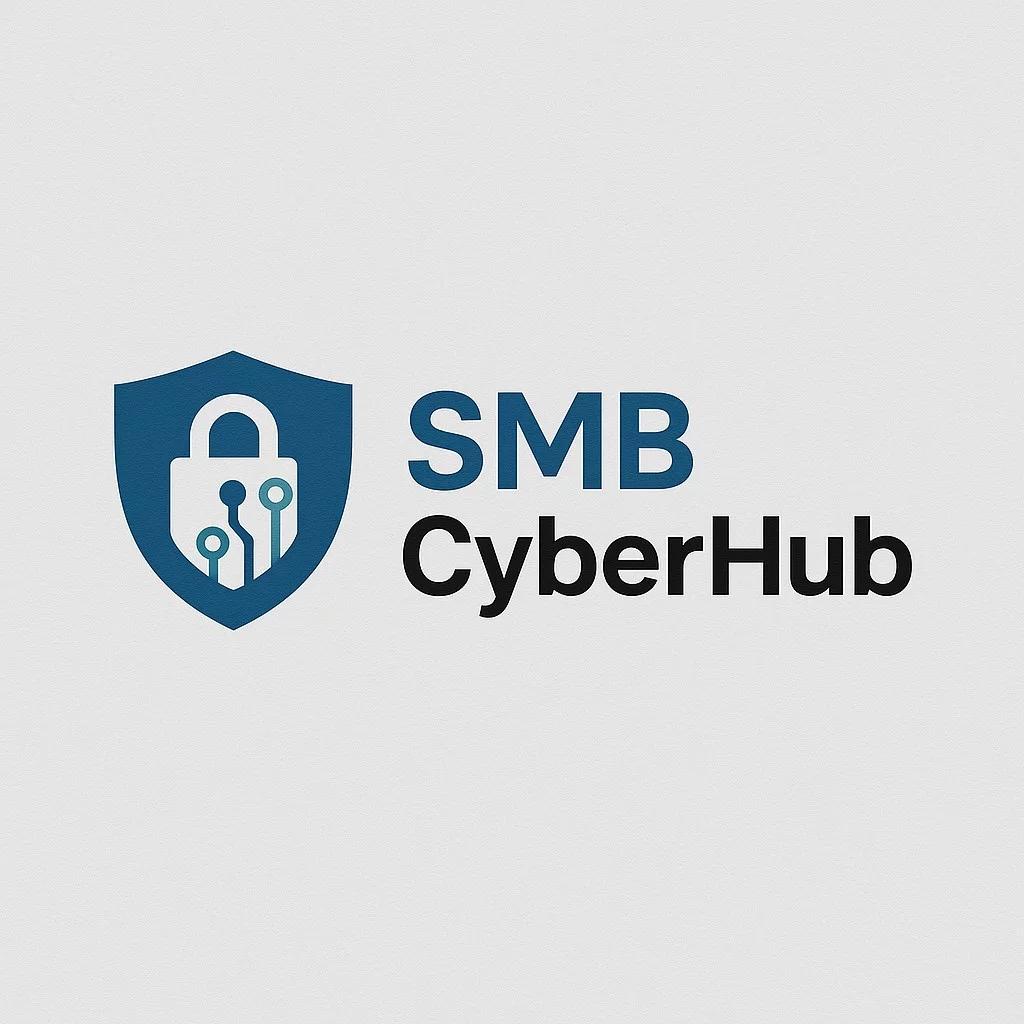Stop Payment Fraud: A Simple Callback Playbook for Invoice & Bank-Detail Changes
21 Sept 2025
When money is about to move—especially after an email asking you to update bank details or pay a new account—you have one job: slow down and verify using a callback you control. This simple playbook turns a risky moment into a safe one.
Bottom line: Never trust payment-change instructions received by email alone. Call a known contact using a number from your records (not the email) and confirm, line by line.
✅ The Callback Playbook (10 minutes)
1) Pause & snapshot
Before touching your finance system, take 60 seconds to screenshot the request (headers if possible). If it turns out to be fraud, those details help your bank and insurer act fast.
2) Find the known number
Use the number already in your vendor file, contract, previous invoice, or your CRM. Do not use any phone number in the new email or attached PDF.
3) Call back & read back
On the call, read back the exact change request:
- Beneficiary name
- Bank & branch
- Sort code/ABA/BIC/SWIFT
- Account/IBAN
- Invoice number(s) & total amount
Ask the contact to confirm each item verbally. If they hesitate or ask to “email it instead,” stop and escalate.
4) Dual-control (maker–checker)
Require a second person to review and approve any change to vendor bank details or high-value payments. Even in a tiny team, pair the owner and bookkeeper.
5) Update safely (with notes)
If confirmed, update the vendor record and add an audit note: who you spoke to, date/time, and the internal approver. Store your screenshots in the finance folder.
6) First-payment micro-check (optional, high assurance)
For large or sensitive payments, send a small test payment first and confirm receipt by phone before releasing the balance.
7) Post-change alert
Turn on a quick alert in your accounting tool: “Bank details changed for Vendor X on
🚩 Red flags to treat as “stop signs”
- “Urgent” or “confidential” tone (e.g., “Do not call; CFO approved”)
- New banking country vs previous invoices
- Slightly changed domains (invoices@vend0r.com) or reply-to addresses
- PDFs where the phone number differs from past invoices
Why this works: Most invoice fraud stems from Business Email Compromise. Attackers rely on you not calling back on a known number. A controlled callback breaks the scam’s only link: unverified email. (External reference: UK Action Fraud’s invoice-fraud guidance on verifying supplier bank-detail changes.)
External reference: https://www.actionfraud.police.uk/news/upsurge-in-fraudsters-targeting-businesses-with-invoice-and-phone-scams
If you suspect fraud (do these now)
- Call your bank’s fraud line immediately and request a recall/freeze.
- Lock your email accounts involved (force sign-out + reset passwords + check forwarding rules).
- Preserve evidence (emails, headers, logs, screenshots).
- Report it (bank reference + local authority). Your insurer may require a case number.
Quick FAQs
Is email confirmation enough?
No. Email alone can be spoofed or compromised. Always verify by phone on a known number.
What if I’m a solo founder?
Use a checklist, a callback, and—when possible—a micro-payment first. Dual-control can be a second trusted advisor or your accountant.
🎁 Download Your Free Cyber Security Training Kit
Need ready-to-use checklists and simple team training?
👉 Download the Free Cyber Security Training Kit
Related post:
Read How to Spot Social Engineering in Messages and Meetings next.
